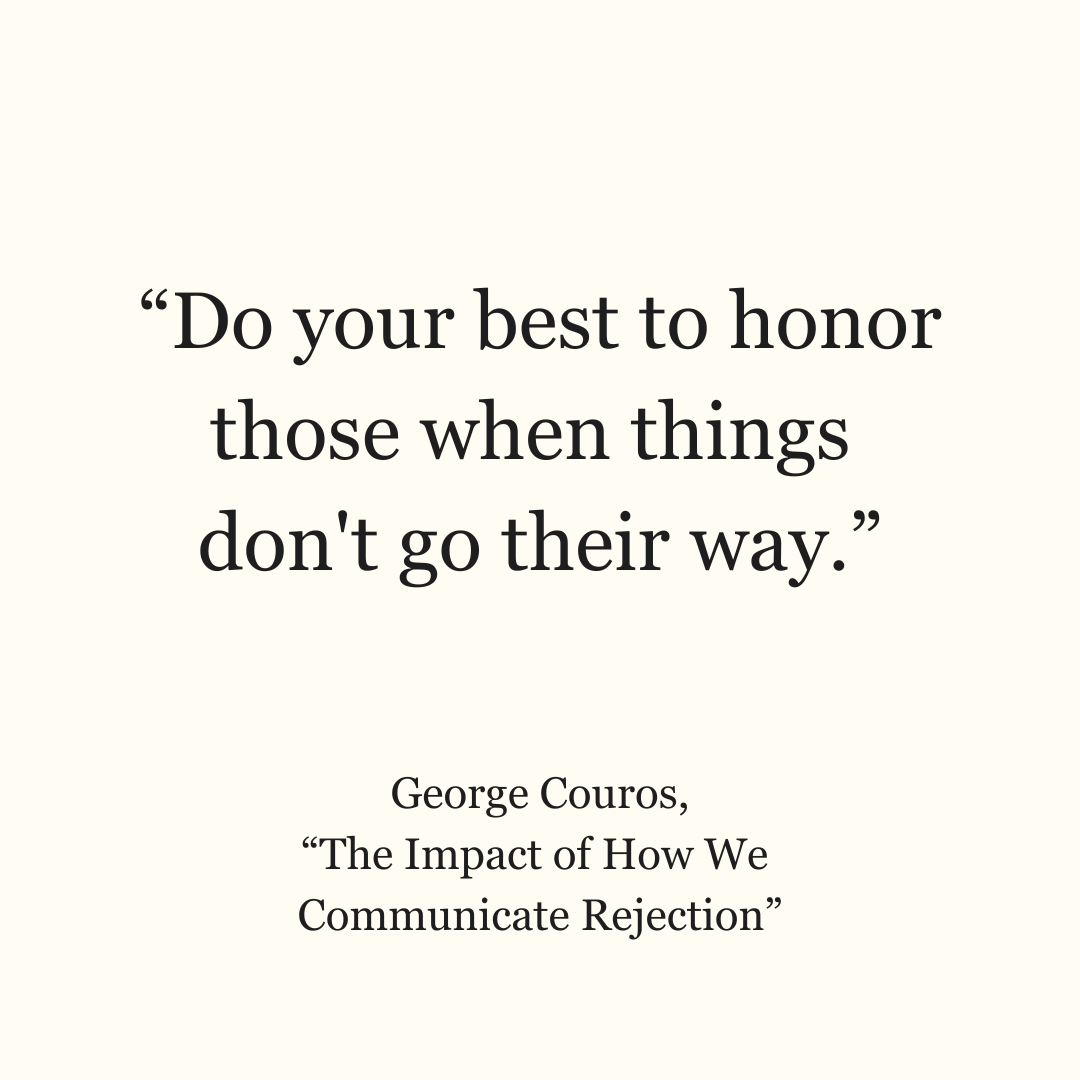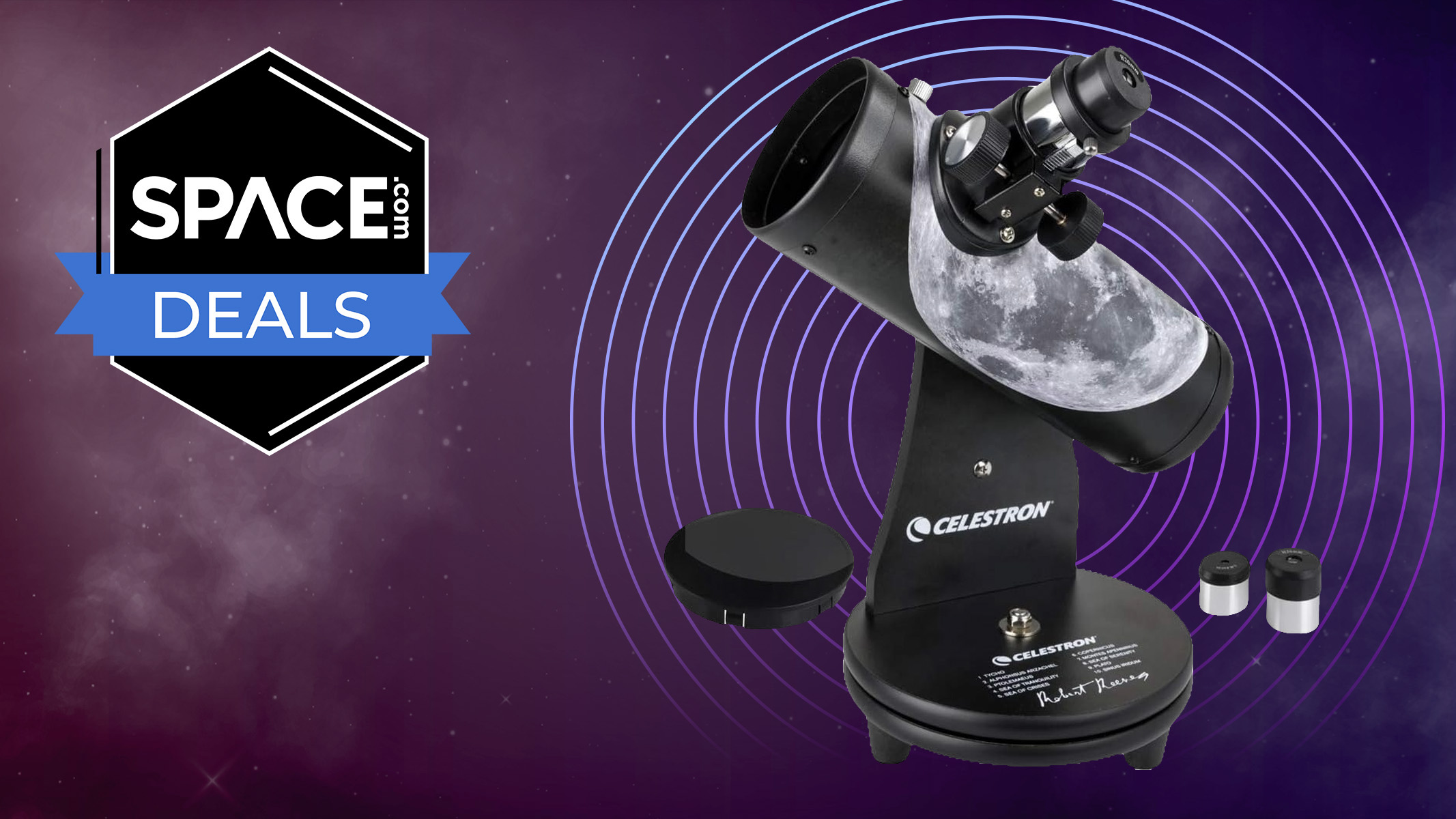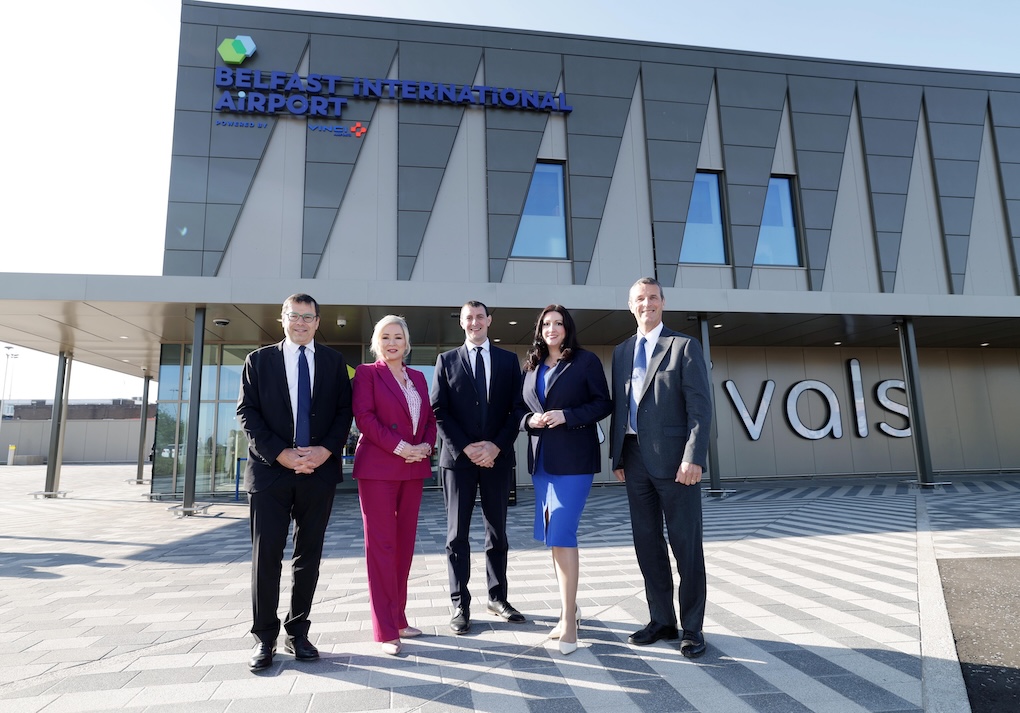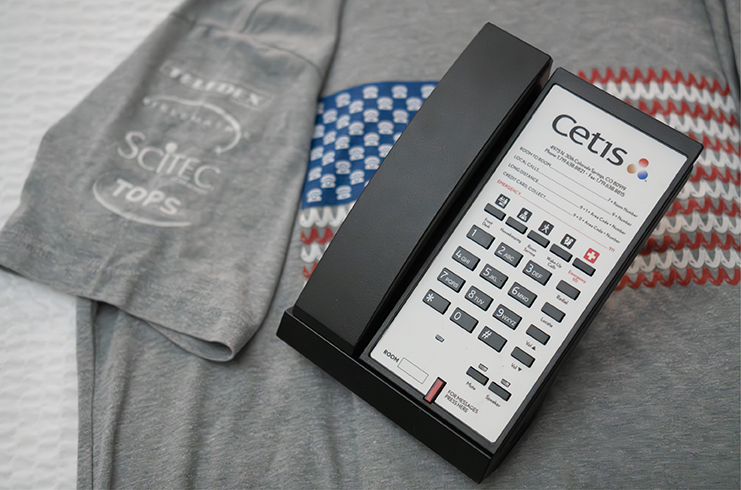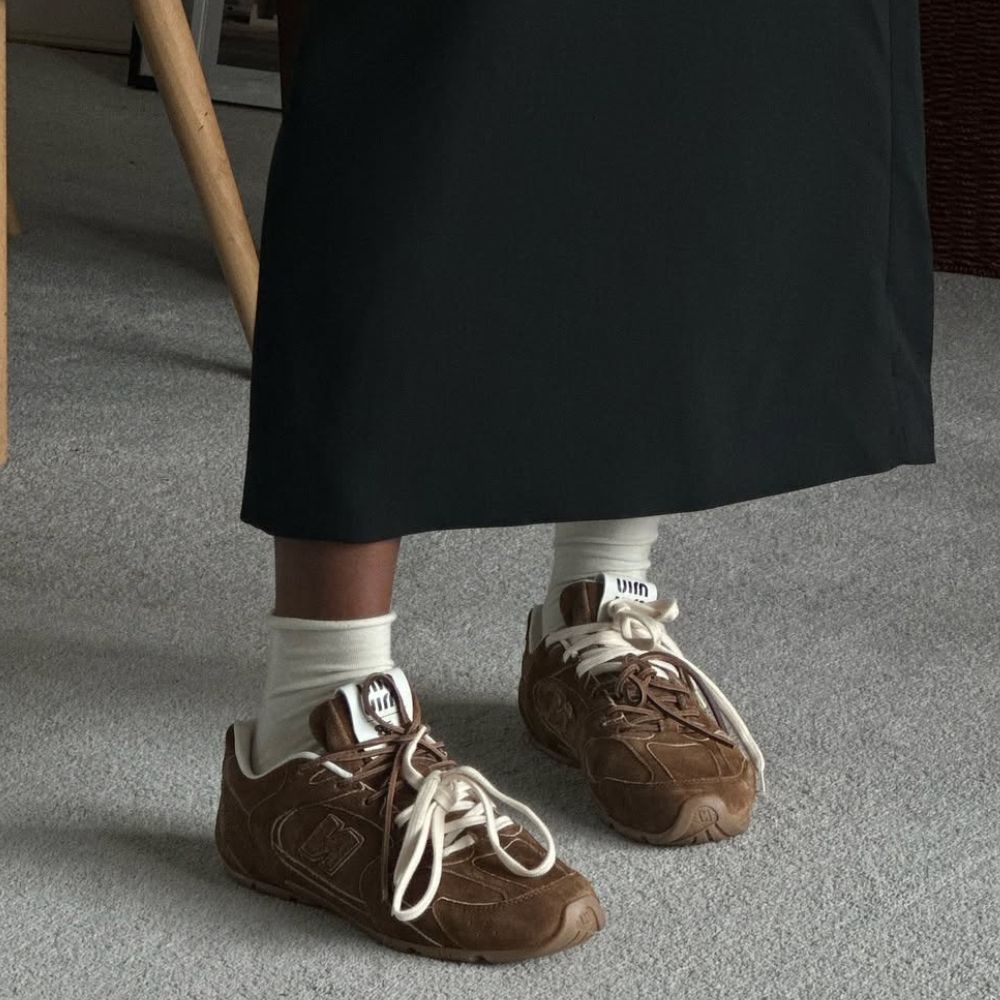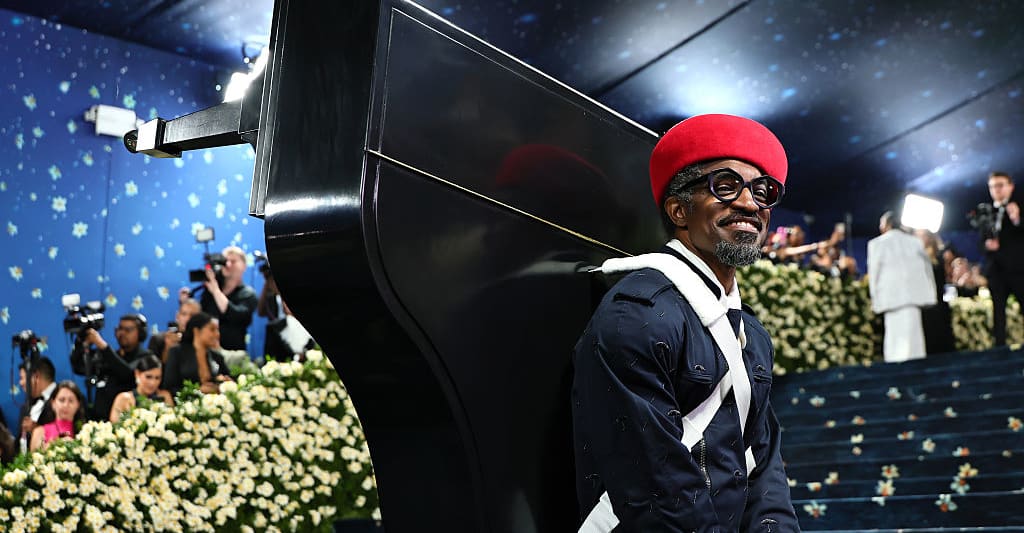With VR goggles, students in detention centers gain career training
Education is a cornerstone for personal growth and economic success, but for students in juvenile detention facilities, it serves a deeper purpose, equipping students with the skills they’ll need to make positive choices and achieve their goals.
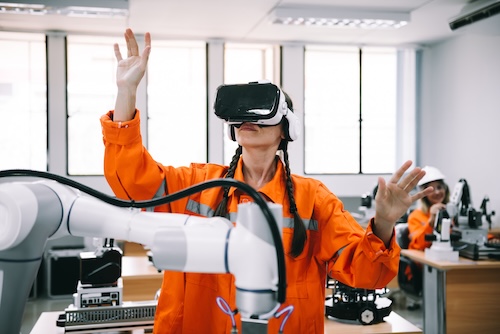

Key points:
- Virtual reality career training helps students focus on their future
- How 3 districts reimagined high school and the future of work
- How CTE supports college and career readiness
- For more news on career training, visit eSN’s Innovative Teaching hub
Education is a cornerstone for personal growth and economic success, but for students in juvenile detention facilities, it serves a deeper purpose, equipping students with the skills they’ll need to make positive choices and achieve their goals.
A large part of setting students up for success involves connecting them with career training and experiences that allow them to explore their skills and interests. This enables them to envision successful career paths they can work towards before and after their release.
In Connecticut, Bridgeport Public Schools and the Connecticut Department of Children and Families/Juvenile Justice Education Unit are working together to support continued student learning at the Bridgeport Juvenile Residential Center, readying students for success by connecting them to work experiences and helping them develop transferrable skills through career training.
The initiative uses Transfr VR goggles to help students access vocational training modules, which make students’ project-based learning more tangible and relevant–and can help meet the needs of an evolving job market.
Bringing this learning to students offers a unique and individualized experience that equips students with skills and a foundational knowledge of different vocational careers.
One of the program’s main goals is to connect students with vocational exposure and lower recidivism, aligning students with a focus on their future and the opportunities to succeed, said John Tarka , assistant superintendent in the Connecticut Department of Children & Families/Juvenile Justice Education Unit.
The Transfr goggles “really presented a very engaging learning opportunity,” he said. “The goggles provide a way for students to get very unique exposure to these vocational and work opportunities that they wouldn’t have in a regular setting.”
Students use the goggles during their project-based learning class period, where they can earn vocational credits and can choose from more than 40 career exploratory programs.
“We’re excited to have the VR goggles so our students can experience what they would not have in a community high school,” said Ca’Tisha Howard, a Bridgeport Public Schools administrator in the Bridgeport Residential Center program.
After working through the program logistics, Tarka and Howard found their priorities for students aligned in a shared vision around the vocational program: a program that helps students ultimately identify career paths and pursue those paths after their release.
Exposure to the vocational programs ensures students learn more than English, math, science, and social studies–they’ll be able to explore what they might want to do after they return to their community schools.
“They’ll get to explore if they want to be an auto mechanic,” Howard said. “If they want to assist a doctor in surgery, they’re able to participate in these experiences. We had a student who wanted to be a veterinary technician; he removed a tick from a dog’s ear. Some of the kids were interested in construction and [the goggles gave them experiences navigating] scaffolding, cranes, and steel beams.”
As students try different training modules, they can identify where they might like to pursue careers.
“Our ultimate goal is for students to choose a career pathway and follow through with it while they’re in high school,” Howard said. “Research has shown that those students who use the goggles and have this type of training tend to perform better, in some instances, than those students who were actually physically present in the vocational classroom with the equipment.”
Students training with virtual reality often feel more connected to the content, display increased confidence, and learn faster, according to recent research.
“While they’re in detention, a part of their life and freedom are put on hold,” Tarka said. “They leave the detention center with a certificate they can use to obtain a job.”
In the future, Howard and Tarka envision building partnerships with community businesses and organizations to help students find employment once they’re released, creating stronger supports to ensure student success.
“The bigger goal is to have a number of different resources, so that if I have a student being released tomorrow, we can say, ‘OK, here are the areas where you’ve performed really well with the goggles–let’s call our contacts and see about getting you a job,’” Howard said.
During an upcoming career day, students in the center, who are age 12-18 and who all have opportunities to use the Transfr goggles, will meet community partners and begin to map out a plan for what their lives might look like after release.
“Students will have opportunities to talk to these people; they can present themselves in a certain way and obtain a job, so the community doesn’t look at it like it’s jail. These kids are in a detention setting. But look at all the opportunities they have,” Howard said.
Along with Howard’s encouragement, support from classroom teachers leads students to examine their actions, what choices led them to the detention center, and how they can make better choices when they’re released.
“This is truly educational reform work in the sense that we’re not just giving students new opportunities, but we’re also changing the narrative of what people think kids in jail are doing,” Tarka said. “Everybody says people deserve a second chance, but they don’t really know what they looks like and they might not want to embrace it any more than just a conversation.”
“Our unit really works to reintegrate the students back into their home schools and home communities–we really look to support them in their re-entry into the community,” Tarka said.
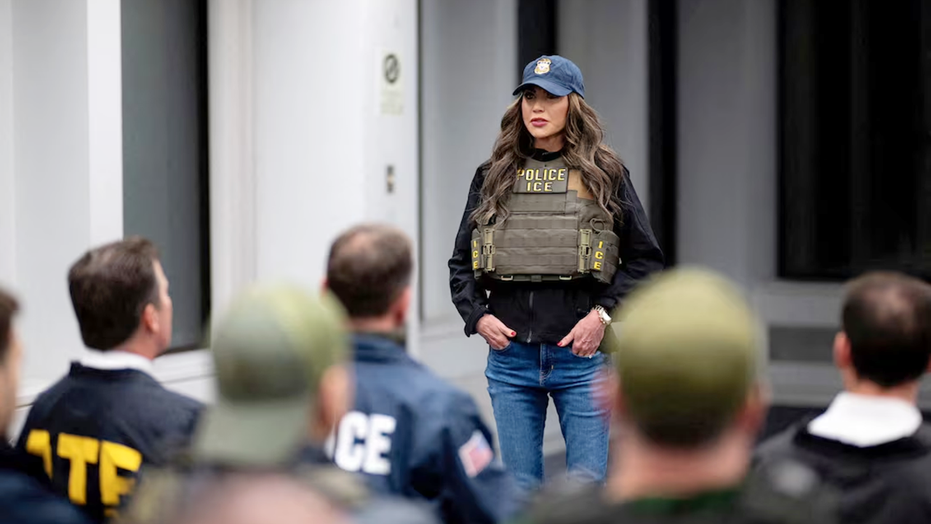











![|ー ▶︎ [ Wouldn't it be easier if you could trace your data structure with lines? ] ー,ー,ー;](https://media2.dev.to/dynamic/image/width%3D1000,height%3D500,fit%3Dcover,gravity%3Dauto,format%3Dauto/https:%2F%2Fdev-to-uploads.s3.amazonaws.com%2Fuploads%2Farticles%2F2k02ska8tyhhnijercgq.png)

![[The AI Show Episode 146]: Rise of “AI-First” Companies, AI Job Disruption, GPT-4o Update Gets Rolled Back, How Big Consulting Firms Use AI, and Meta AI App](https://www.marketingaiinstitute.com/hubfs/ep%20146%20cover.png)



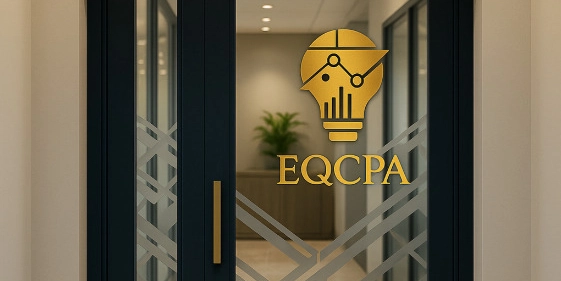

_Brian_Jackson_Alamy.jpg?width=1280&auto=webp&quality=80&disable=upscale#)











